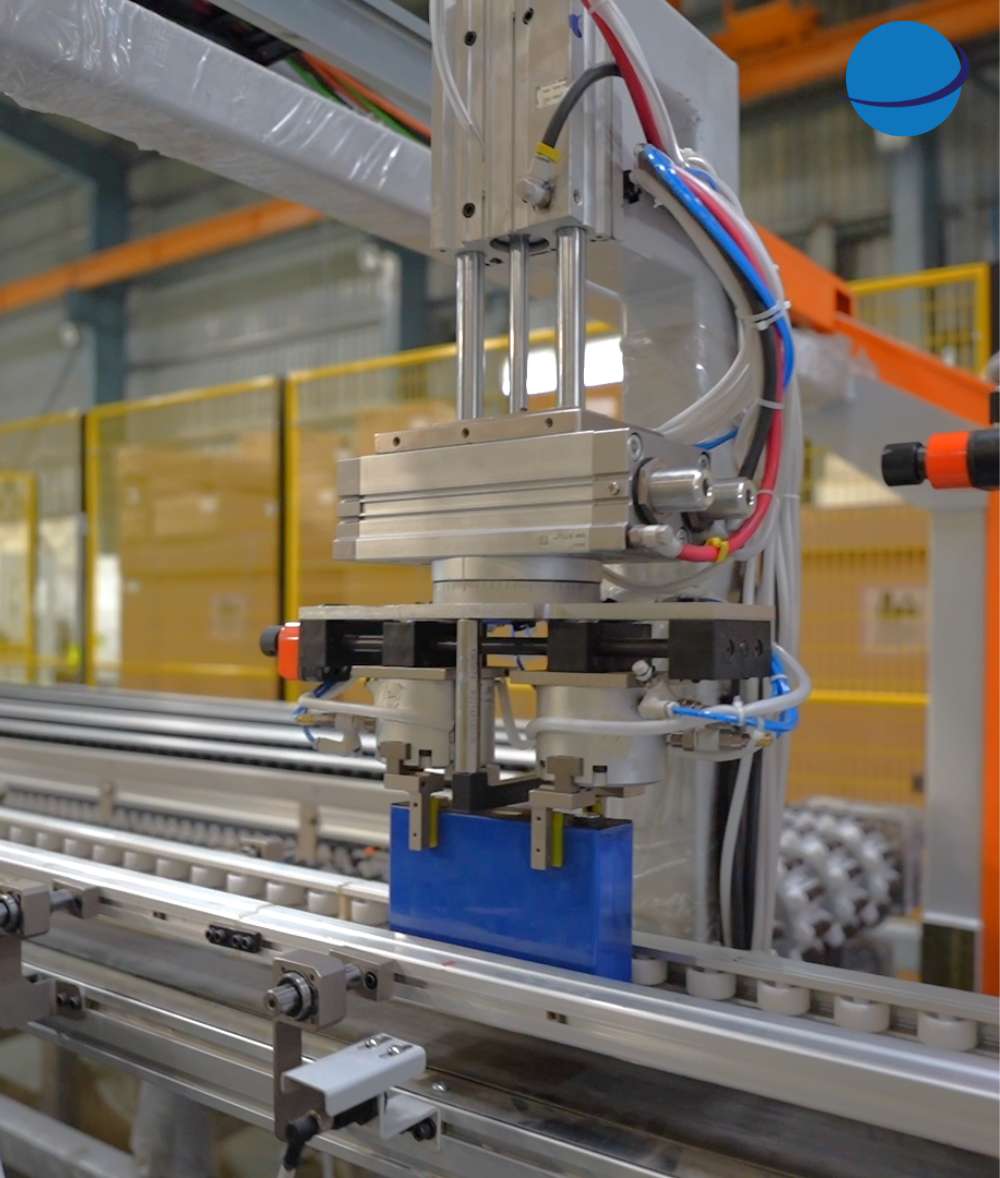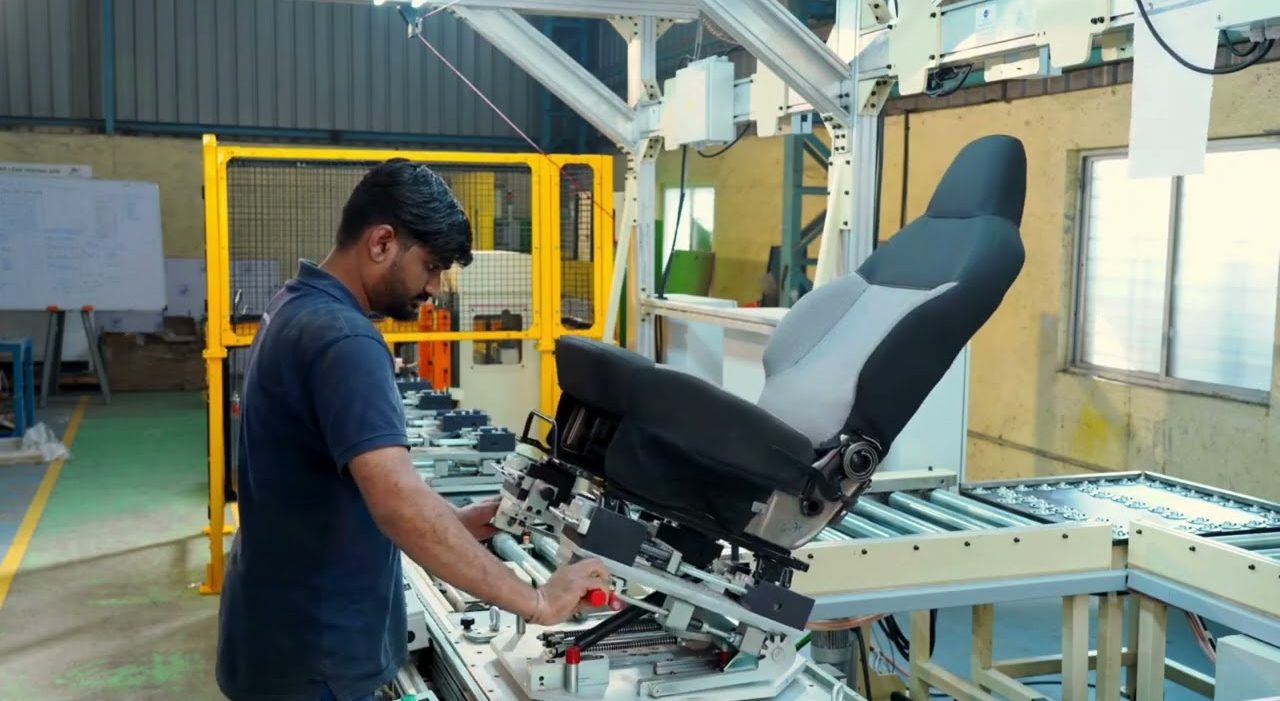Automated assembly lines use advanced machines and technologies like robotics, conveyors, and vision systems to produce finished products efficiently. These systems work through multiple stations, performing specific tasks in a sequence, moving the part or product automatically to the next step. Different types of automation systems include lean automation, flexible automation, and fixed (or hard) automation.
Let’s explore these types and their benefits.
Types of Assembly Line Automation
Automation systems are not the same for every business. Choosing the right system depends on your specific production needs. Some common types of automation include:
Bench-top assembly stations
Semi-automated lines
Lean automation
Continuous motion systems
Fixed automation
Flexible automation
Fully Automated vs. Semi-Automated Systems

Fully Automated Systems
These systems perform tasks with little to no human involvement. Employees only manage tasks like setting up machine programs and supervising operations. Fully automated systems are efficient and ideal for high-volume production.
Semi-Automated Systems
These systems require more human involvement. Workers load parts into machines or move them between stations. Automation assists with repetitive tasks, often working alongside humans to increase efficiency. For example, collaborative robots can handle tasks requiring precision, while workers manage other operations.
Lean Manufacturing Automation
Lean manufacturing focuses on adding automation only where it adds value. Detailed studies determine which processes benefit from automation and which are better handled by humans. For companies producing low volumes, investing in expensive automation may not be cost-effective. Instead, manual processes or basic automation may be used to keep costs low.
Continuous Motion for High-Throughput Production
Continuous motion technology is essential for manufacturers requiring high-speed production. These systems use mechanical or servo-based cams, tooling, and machine vision to achieve faster cycle times and higher throughput. They are particularly useful for products with consistent designs, such as medical devices. Continuous motion systems improve equipment effectiveness and reduce material handling time.
Fixed vs. Flexible Automation
Fixed Automation
This type of automation is designed for a specific product and follows the same process every time. While it is faster and more precise, it lacks flexibility. Fixed automation is best suited for high-volume production of identical products.
Flexible Automation
Also called soft automation, these systems can quickly adapt to new products with minimal downtime. While flexible automation may not be as fast as fixed automation, it is ideal for businesses with diverse product lines or frequent design changes.
Benefits of Automating Your Production Line
Automation offers several advantages, including:
Increased Production Capacity: Automation boosts efficiency and allows businesses to produce more in less time.
Improved Quality: Automated systems reduce errors and ensure consistent product quality.
Lower Costs: Automation reduces labor costs and minimizes material waste.
Reliability: Automated systems require fewer workers and can operate during unexpected disruptions, such as a pandemic.
Higher ROI: Businesses achieve faster returns on investment by cutting production costs and increasing output.
Partner with PARC Robotics for Your Automation Needs
Our expertise ensures your production processes are optimized for maximum efficiency and cost savings. From robotic welding to pick-and-place systems, we provide innovative solutions tailored to your business. Choose PARC Robotics to modernize your production and stay ahead in the industry.

